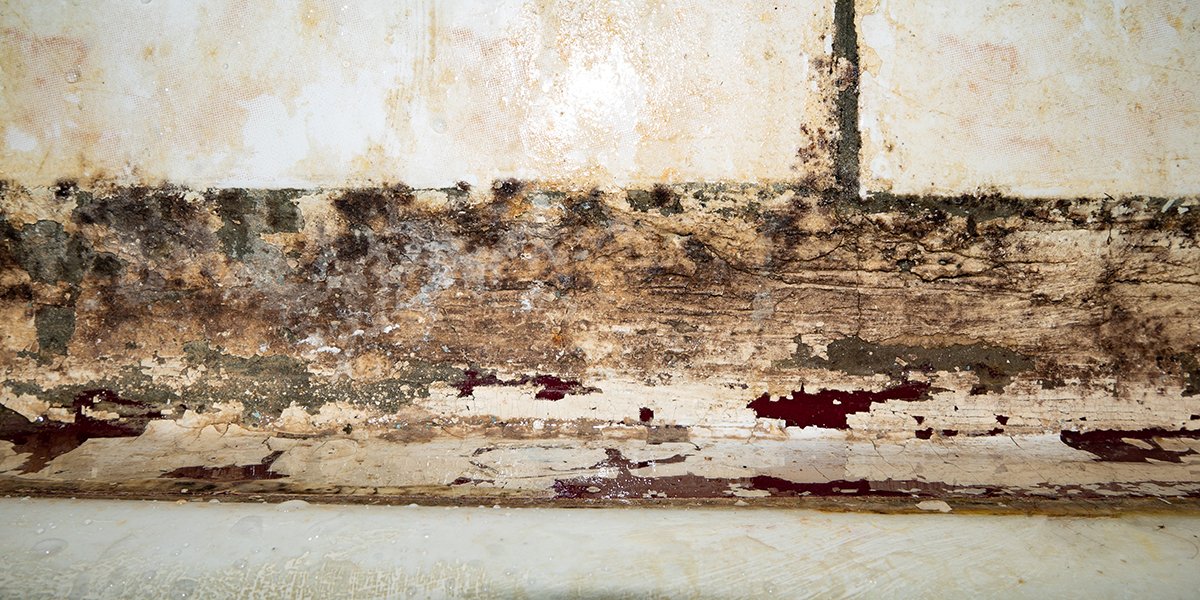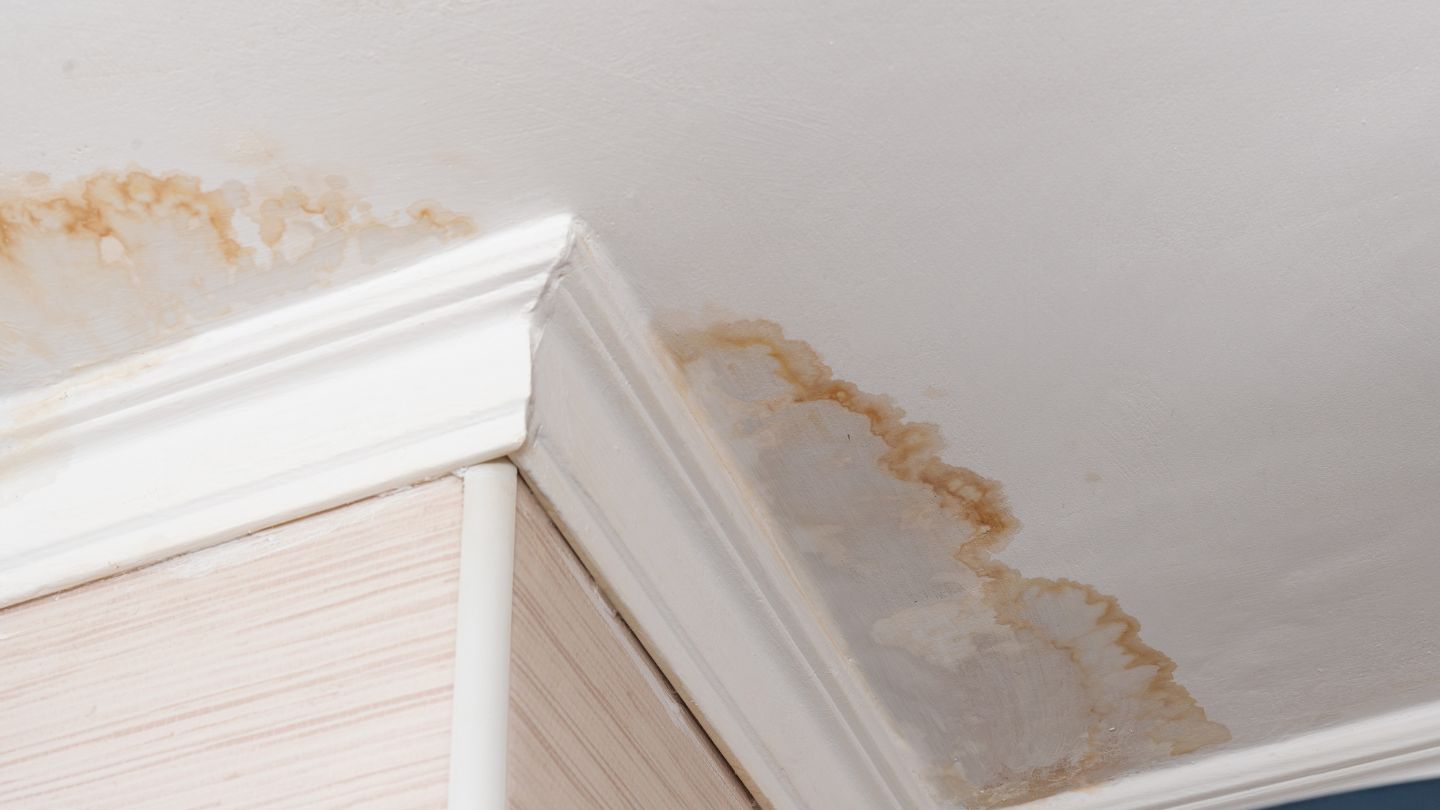Expert Water Extraction Services to Safeguard Your Property from Damage
Expert Water Extraction Services to Safeguard Your Property from Damage
Blog Article
The Process of Water Damage Cleaning: Guaranteeing Your Home Is Brought Back Effectively
Water damage can be a challenging difficulty for homeowners, requiring a thorough and organized clean-up procedure to restore safety and security and functionality. Initially, a comprehensive analysis is important to identify the degree of the damage and figure out the proper removal measures. Following this, reliable water removal techniques play a critical role in reducing more harm. Nevertheless, the nuances of drying out, disinfecting, and ultimate reconstruction are equally vital and often ignored. Comprehending these stages can make a considerable difference in the outcome of your home's restoration, triggering a closer take a look at what each action involves.
Examining the Damage
Upon discovering water damage, the very first step is to completely analyze the level of the effect. This preliminary evaluation is important, as it helps determine the required actions for effective cleaning and repair. Begin by evaluating the affected areas, consisting of wall surfaces, ceilings, floorings, and personal valuables, to determine the source of the water intrusion, whether from flooding, leakages, or condensation.
Documenting the damage is crucial for both insurance cases and preparing repair initiatives - damage restoration services. Use pictures and written notes to catch the seriousness of the damages, keeping in mind any kind of damaged architectural aspects and products. Pay special focus to locations that may not be right away noticeable, such as behind wall surfaces and under carpets, as hidden wetness can cause further difficulties, consisting of mold and mildew growth
Additionally, assess the timeline of the water exposure. Inevitably, an extensive evaluation lays the groundwork for a successful water damages cleaning process, making certain that all impacted areas are addressed effectively and completely.
Water Removal Techniques

Experts commonly use completely submersible pumps for bigger quantities of water, which can quickly minimize flooding in cellars or various other affected locations. For smaller quantities, wet/dry vacuum cleaners are frequently made use of to extract residual dampness from rugs and hard surface areas. Furthermore, making use of mobile extractors permits targeted removal in confined spaces or locations with delicate materials.
In circumstances of contaminated water, such as sewage or floodwater, advanced extraction methods might involve the usage of biohazard tools to make sure safety and conformity with health laws. High-powered extraction tools are crucial in lessening water retention in architectural materials, which can result in mold growth and architectural wear and tear if not dealt with without delay.
Ultimately, the effectiveness of water extraction techniques plays an essential duty in the overall success of the water damage cleanup procedure, preparing for succeeding remediation initiatives.
Drying and Dehumidification
Once standing water has actually been effectively removed, the next essential phase in the water damages clean-up process is drying out and dehumidification. This step is vital to protect against more damages and mold and mildew development, which can happen within 24 to 48 hours in wet environments.
To achieve effective drying out, customized devices such as industrial-grade air movers and dehumidifiers is utilized. Air moving companies flow air throughout damp surfaces, improving dissipation rates, while dehumidifiers lower humidity degrees airborne, promoting a helpful environment for drying. The mix of useful content these tools makes sure that moisture is drawn out from wall surfaces, floors, and furnishings, allowing them to dry extensively.
It is necessary to monitor the drying process very closely. Experts typically make use of moisture meters to evaluate the wetness web content in numerous materials, guaranteeing that all impacted locations reach acceptable dry skin levels. This precise technique aids to avoid covert wetness pockets that might bring about architectural damages or harmful mold growth.

Cleaning and Sanitizing
After the drying out and dehumidification stage is full, the following crucial step in water damage cleanup is cleaning and disinfecting the influenced locations. This process is important to stop the growth of mold, microorganisms, and various other virus that prosper in moist environments.
The cleansing stage normally includes removing any particles, dust, and contaminants from surface areas making use of specialized cleaning up agents. For tough surface areas, a combination of soap and water or business cleansing products is usually used. Soft materials, such as furniture and rugs, may call for a lot more comprehensive cleaning approaches, including vapor cleaning or deep removal strategies, to ensure extensive hygiene.

Disinfecting complies with cleansing, utilizing EPA-approved anti-bacterials to eliminate unsafe bacteria. This action is vital, specifically in areas that might have come into call with floodwaters or sewer, Click Here as these sources can posture major wellness risks.
Furthermore, it is vital to deal with any kind of remaining odors, which might call for making use of smell neutralizers or innovative techniques like ozone treatment. Correct cleansing and sanitizing not only recover the safety and hygiene of your home however likewise prepared for successful remediation and repair services in succeeding stages of the water damage cleaning process.
Remediation and Fixings

Once the analysis is total, restoration initiatives can begin. Additionally, floor covering may call for similar attention, depending on the degree of water exposure.
It is critical to engage experienced repair experts throughout this process, as they have the experience to manage complex repair services efficiently. They can aid alleviate potential future problems, such as mold and mildew growth or structural instability, hence ensuring a habitable and secure living atmosphere. Inevitably, effective remediation and fixings recover the home's honesty and enhance its total value.
Conclusion
In conclusion, the process of ipad water damage water damages cleaning is crucial for bring back a home to its pre-damage problem. Each stage, from evaluating the damages to applying reliable water extraction techniques, complied with by detailed drying, sanitizing, and required repair services, plays an essential role in guaranteeing security and conformity with structure requirements. Reliable implementation of these actions not just minimizes prompt damages but also enhances the long-term integrity and value of the residential property.
Water damage can be a difficult difficulty for homeowners, necessitating a organized and precise cleanup procedure to bring back safety and capability. Inevitably, an extensive assessment lays the foundation for a successful water damages clean-up process, making certain that all impacted locations are addressed properly and completely.
Effective water removal techniques are crucial in alleviating damage and stopping further difficulties complying with a water breach event.In verdict, the process of water damages cleanup is important for restoring a home to its pre-damage problem. Each phase, from examining the damage to executing reliable water extraction strategies, followed by complete drying, sterilizing, and essential repair work, plays a crucial function in making sure safety and compliance with structure standards.
Report this page